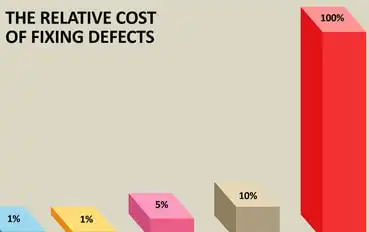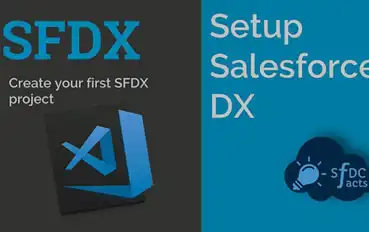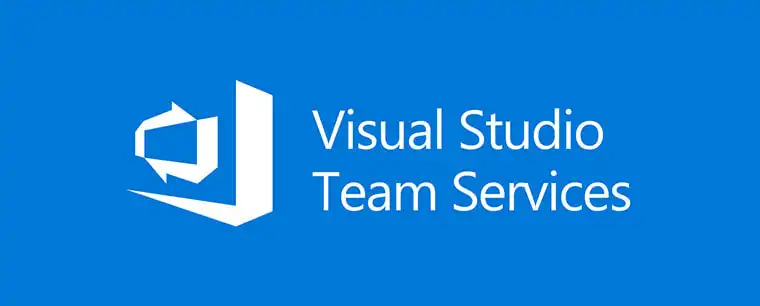Sourcing DevSecOps tools isn’t as easy as going down to the store and seeing what’s on sale. There are a lot of factors that need to be considered to ensure each tool fits your needs. The very first step to building out your automated DevSecOps toolset is to figure out which tools you need.
 A Salesforce code scanner is an essential aspect of a complete DevSecOps approach.
A Salesforce code scanner is an essential aspect of a complete DevSecOps approach.
But that’s just the first step. Now that you’ve identified a code scanner as a necessary part of your DevSecOps approach, you need to find one that checks all your boxes. Your needs are not going to be addressed by every tool on the market. And likewise, you are not going to need every potential use for the available tools.
So how do you weed through the available options to find the choice that fits the overlap of offered functions and desired features?
We’ve put together a list of some of the most popular and useful functions of a Salesforce code scanner. This isn’t an exhaustive list, but every DevSecOps pipeline will be able to make use of all of these features.


 A code scanner is likely to be a contributing factor to an overall DevSecOps strategy. And if it’s not—it should be. These tools can work together to provide comprehensive coverage of your Salesforce dev pipeline by offering multiple quality checkpoints and automated processes that streamline operations.
A code scanner is likely to be a contributing factor to an overall DevSecOps strategy. And if it’s not—it should be. These tools can work together to provide comprehensive coverage of your Salesforce dev pipeline by offering multiple quality checkpoints and automated processes that streamline operations.



